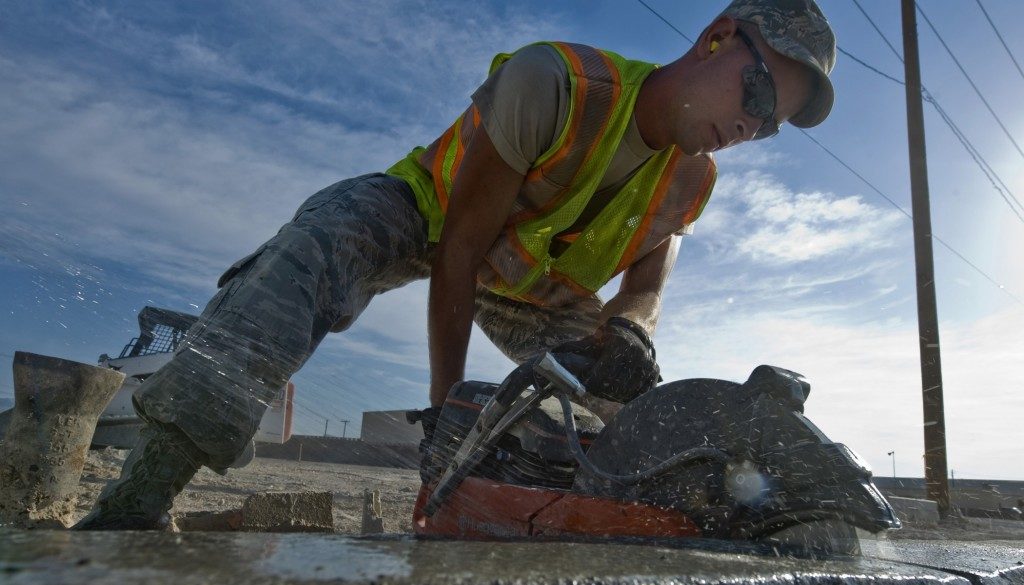Worker Deaths Rise in 2014
By the National Council for Occupational Safety and Health
2014 was the deadliest year for American workers since 2008, according to figures released on September 18 by the U.S. Department of Labor’s Bureau of Labor Statistics (BLS).
According to preliminary BLS figures from the Census of Fatal Occupational Injuries (CFOI), 4,679 workers died due to traumatic incidents on the job last year, a 2percent increase over the final fatality numbers from 2013. The final count for 2014, which BLS plans to release in April 2016, is likely to be 2 to 6 percent higher, based on the pattern of previous years.
The most precipitous rise in the BLS data was the 142 workers who died in oil fields last year, representing a 27% increase from 2013.
The U.S. Worker Fatality Database, hosted on the National COSH website, also tracks deaths of U.S. workers, based on OSHA and state filings and media accounts. Volunteer researchers have already documented more than 1,000 deaths during the first seven months of 2015. Two-thirds of the cases identified in the Fatality Database include names of fallen workers, which are not available from BLS data.
“These heart-breaking numbers should sound a loud alarm for our policy-makers,” said Jessica Martinez, Deputy Director of National COSH. “This is no time to cut back on safety enforcement – but legislation currently in Congress would not only slash funding for workplace safety, it would also derail long-overdue updates to health and safety regulations.”
Budget bills approved earlier this year by committees in both the House and Senate would cut funds for the U.S. Occupational Safety and Health Administration (OSHA), though the agency is already woefully under-funded. Currently OSHA and state OSHA departments have only 1,882 inspectors for approximately 8 million workplaces under their jurisdiction. It would take 140 years to inspect all these workplaces at current staffing levels.
In addition, the bills contain a rider that would block funds for implementing a new rule on exposure to silica dust.
National COSH and Public Citizen recently spearheaded a letter to President Obama, co-signed by over 70 labor, public health, environmental and civic organizations, urging him to veto the bills if they end up on his desk.
According to this year’s Census of Fatal Occupational Injuries, women workers, older workers, and contract workers all saw an increase in fatalities when preliminary 2014 data is compared to final 2013 figures.
2014 fatalities were also higher in many industries, including mining (a 17 percent increase), agriculture (14 percent), manufacturing (nine percent) and construction (six percent).
In a reversal of recent trends, preliminary 2014 data show a three percent decrease in fatal work injuries among Latinos (after a 7 percent increase in 2013).
“Thirteen workers are dying every day,” said Martinez. “The numbers are disheartening, but we can reverse the trend by using known and tested prevention strategies. The key is empowering workers – from all backgrounds, in all industries – to demand their right to safe workplace.”

